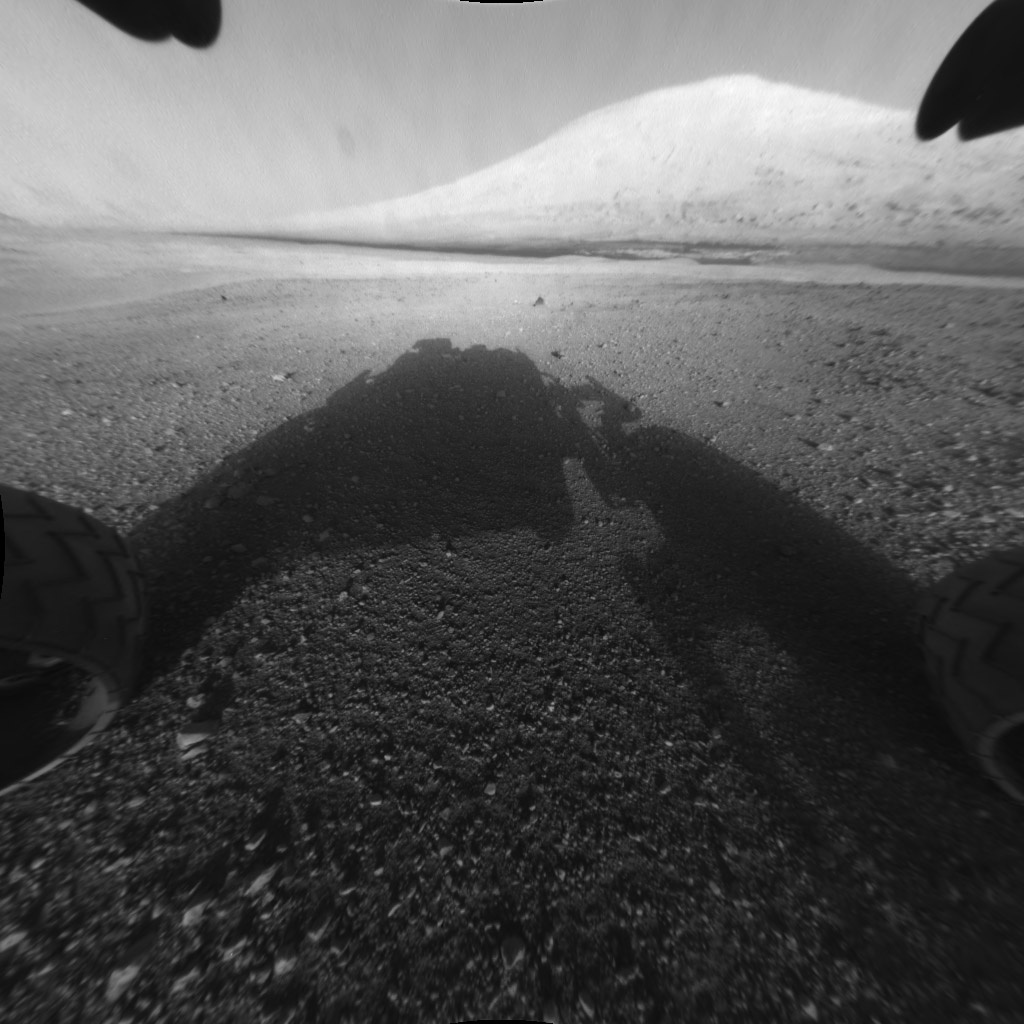
NASA's Curiosity Mars rover has snapped some stunning photos during its first two full days on the Red Planet, and things should get even better on day three.
Curiosity landed inside Mars' huge Gale Crater on Sunday night (Aug. 5) and almost immediately began beaming black-and-white images back to Earth. But now, during its third full Martian day — or Sol 3, in mission lingo — the 1-ton robot should start snapping some truly jaw-dropping views, researchers said.
The pictures will be taken by MastCam, a set of two camera systems on Curiosity's head-like mast, which was deployed on Sol 2.
"We're going to do the MastCam 360 full-color panorama," Curiosity mission manager Jennifer Trosper, of NASA's Jet Propulsion Laboratory in Pasadena, Calif., told reporters Wednesday (Aug. 8). "There are going to be some amazing images from that."
The Curiosity team also plans to send a major software update to Curiosity on Sol 3, Trosper said. The rover will transition to the new software from Sol 5 to Sol 9.
Curiosity's days on Mars aren't synched up with its handlers' days here on Earth, so the mission team is facing a transition of its own. Sol 3, for example, began at about 8:45 p.m. PDT (11:45 p.m. EDT) Wednesday, Aug. 8, which is 0345 GMT on Aug. 9.
Curiosity is the centerpiece of NASA's $2.5 billion Mars Science Laboratory mission, or MSL. The rover's two-year prime mission seeks to determine if the Gale Crater area is, or ever was, capable of supporting microbial life. To get at this question, Curiosity will analyze Red Planet rocks and soil with 10 different science instruments.
Get the Space.com Newsletter
Breaking space news, the latest updates on rocket launches, skywatching events and more!
The rover team has just begun the months-long process of checking out these instruments and vetting Curiosity's overall health.
So far, everything looks good. The six-wheeled robot's communications and power systems are working perfectly, Trosper said, and no serious issues have been found with any of the cameras or instruments that have been turned on to this point.
"With the spacecraft being as healthy as it is and the capability that it has, all our options are open for science," said Curiosity chief scientist John Grotzinger, a geologist at Caltech in Pasadena.
Visit SPACE.com for complete coverage of NASA's Mars rover Curiosity. Follow SPACE.com senior writer Mike Wall on Twitter @michaeldwall or SPACE.com @Spacedotcom. We're also on Facebook and Google+.

Join our Space Forums to keep talking space on the latest missions, night sky and more! And if you have a news tip, correction or comment, let us know at: community@space.com.

Michael Wall is a Senior Space Writer with Space.com and joined the team in 2010. He primarily covers exoplanets, spaceflight and military space, but has been known to dabble in the space art beat. His book about the search for alien life, "Out There," was published on Nov. 13, 2018. Before becoming a science writer, Michael worked as a herpetologist and wildlife biologist. He has a Ph.D. in evolutionary biology from the University of Sydney, Australia, a bachelor's degree from the University of Arizona, and a graduate certificate in science writing from the University of California, Santa Cruz. To find out what his latest project is, you can follow Michael on Twitter.









